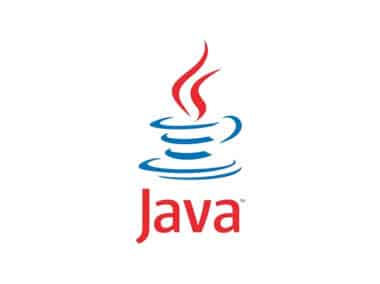When developing smart contracts using Solidity, it is crucial to consider security vulnerabilities that can lead to the loss or theft of funds. Solidity is a programming language used to create smart contracts on the Ethereum blockchain. Smart contracts are self-executing contracts with the terms of the agreement between buyer and seller being directly written into lines of code. The code and the agreements contained therein exist on a decentralized blockchain network.
Here are some common vulnerabilities and how to write secure code to avoid them:
Reentrancy Attacks
Reentrancy attacks occur when an attacker exploits a smart contract by repeatedly calling a vulnerable function before the previous function call has completed. This can result in the attacker draining the contract’s funds. To prevent reentrancy attacks, follow these guidelines:
- Use the
nonReentrantmodifier to ensure that functions cannot be called recursively. - Use the
withdrawpattern, where funds are only transferred as a separate transaction. - Avoid using the
sendandtransfermethods to transfer funds, as they only provide a limited amount of gas and cannot handle complex computations.
Integer Overflows and Underflows
Integer overflows and underflows are common vulnerabilities in Solidity programs where an integer value exceeds its maximum or minimum limit. This can lead to unintended behavior, such as allowing attackers to withdraw more funds than they should. To avoid integer overflows and underflows, use the SafeMath library to perform arithmetic operations on integers. The SafeMath library is a set of Solidity libraries that provide arithmetic functions that are secure against integer overflow and underflow.
Access Control
Access control vulnerabilities occur when a contract’s functions are not properly restricted to authorized users. This can give attackers access to sensitive data or functions that they should not have access to. To avoid access control vulnerabilities, follow these guidelines:
- Use the
onlyOwnermodifier to restrict access to sensitive functions. This modifier ensures that only the contract owner can call a function. - Use the
requirestatement to check that the caller of a function is authorized to access it. Therequirestatement is a Solidity function that checks if a condition is true, and if it is not true, it will throw an error and revert any changes made to the blockchain.
Gas Limits
Gas limits are a security consideration in Solidity programs because of the way that Ethereum uses gas to execute transactions. If a transaction runs out of gas, it will be reverted, and any changes made by the transaction will be undone. To avoid gas limits, follow these guidelines:
- Avoid loops that can run indefinitely. This is because loops that run indefinitely can consume all of the gas allocated to a transaction.
- Limit the amount of data that is stored on the blockchain. Storing large amounts of data on the blockchain can be expensive in terms of gas costs.
- Use events to store data off-chain. Events are a way to store data off-chain, which can reduce the amount of data that needs to be stored on the blockchain.
By following these guidelines, you can write secure Solidity code that is resistant to attacks. It is important to note that security practices for smart contract development are constantly evolving, and it is important to stay up to date with the latest best practices and security considerations.




